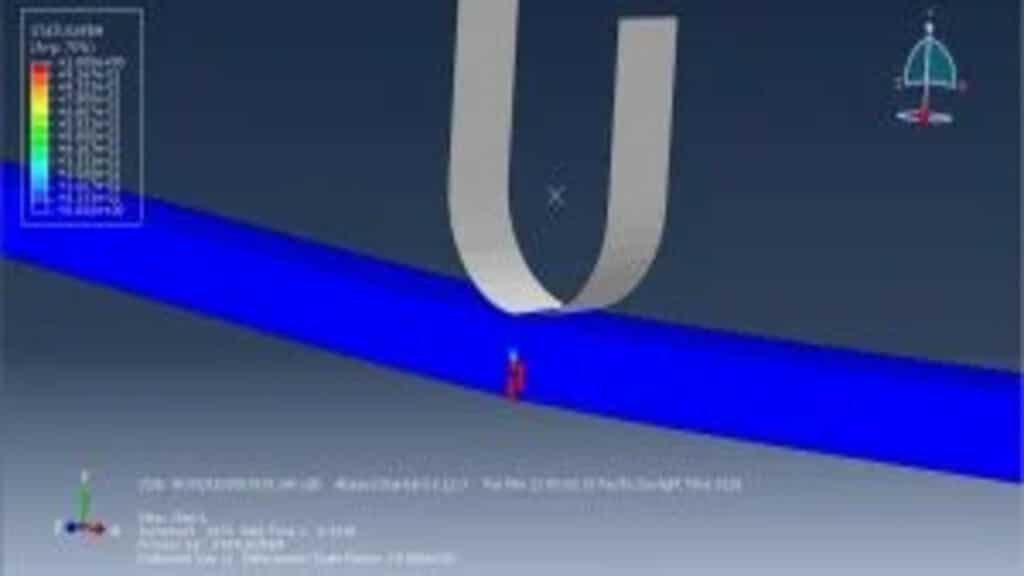


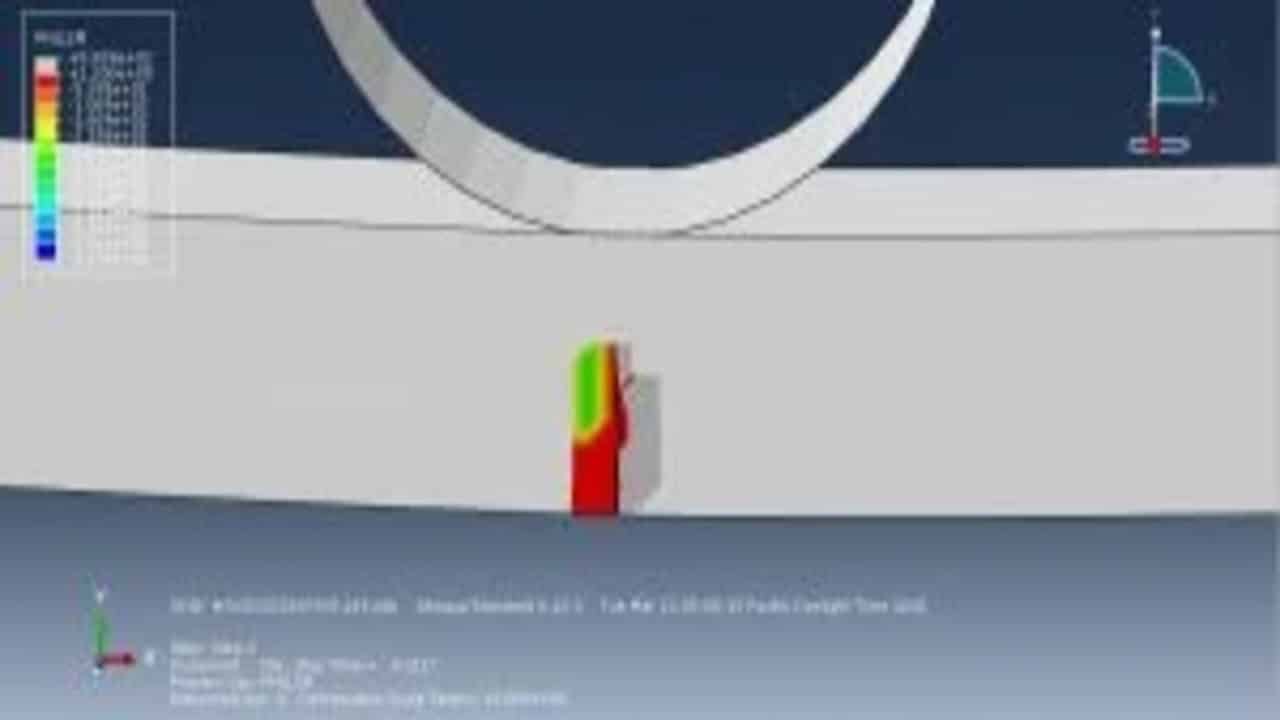

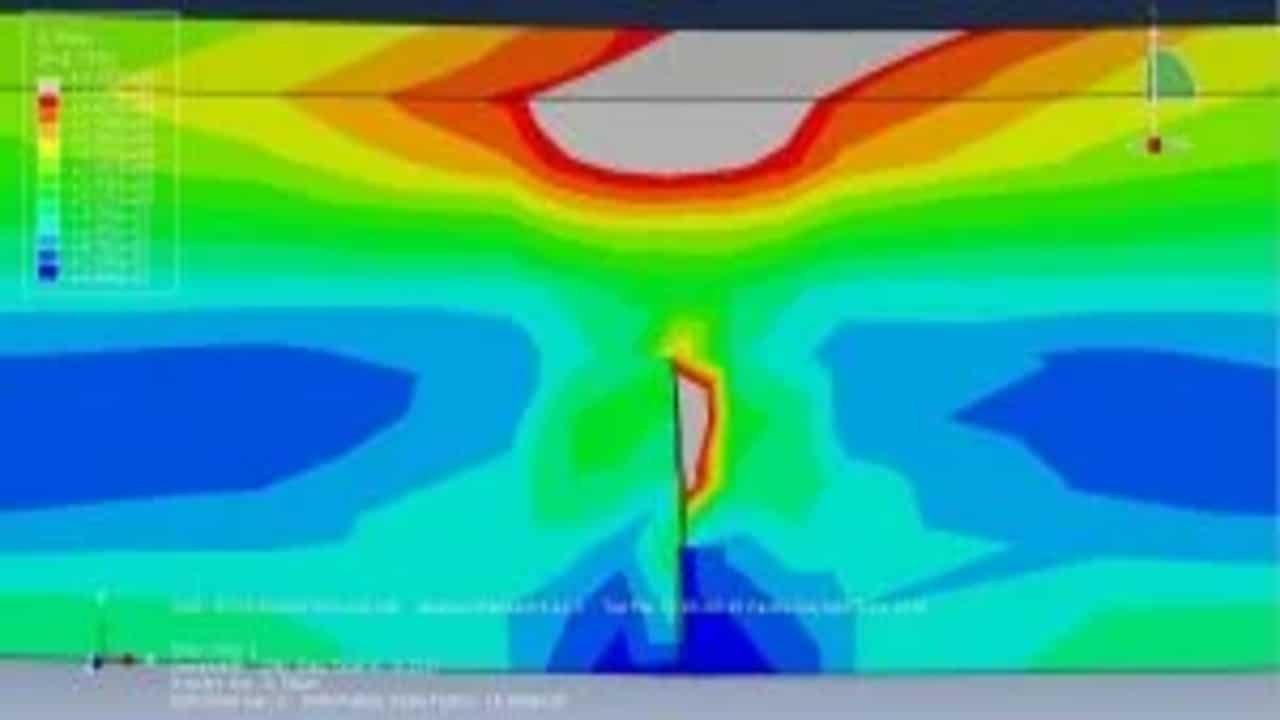
Papers abstract:
This article focuses on the experimental and numerical analysis of wood-concrete panels in flexure in order to identify their mechanical behavior. The main goal consists in determining the elastic modulus (MOE) and the bending strength of rupture (MOR) of wood concrete panels used in construction. This work was performed using two complementary methods. Through an experimental work, elastic proprieties have been obtained to develop a finite element model for simulating wood-concrete timber panels, tested in three-point bending. For the numerical simulation, an extended Finite Element Method (XFEM) has been used to simulate the fracture process of the three-point bending panel using Abaqus software (Abaqus, 2016). The difficulties in determining the mechanical properties of composite panels using cement as binder are discussed. The test results allow the computation of the moduli of rupture and elasticity. It is also shown that the ratio between flexural and compressive strength is around 47%. Moreover, we present an assessment of the applicability of the XFEM, to predict where and when the fractures of concrete materials containing wood shavings will appear during the bending test. Numerical predictions are compared to experimental data. The methodology applied in this study gives promising results for the better prediction of mechanical properties of composite panels used in building and for further reduction of expensive experimental works.
Product Overview:
This tutorial presents an approach to simulating fracture behavior in a wood-concrete composite using XFEM in Abaqus. The method reflects realistic crack behavior without the need to predefine a crack path. The model setup is intuitive and grounded in real research data, making it ideal for researchers and engineers. Key simulation steps include:
In this tutorial, crack initiation and propagation in a wood-concrete composite are simulated, according to data from the work of Li et al.

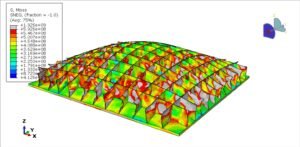
Abaqus
€68,00 €34,00

Abaqus
€77,00 €39,00
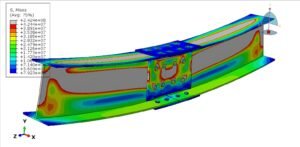
Abaqus
€79,00 €39,00

Abaqus
€75,00 €37,00

Abaqus
€76,00 €38,00
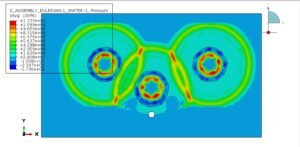
Abaqus
€79,00 €38,00
See more

Want to receive push notifications for all major on-site activities?